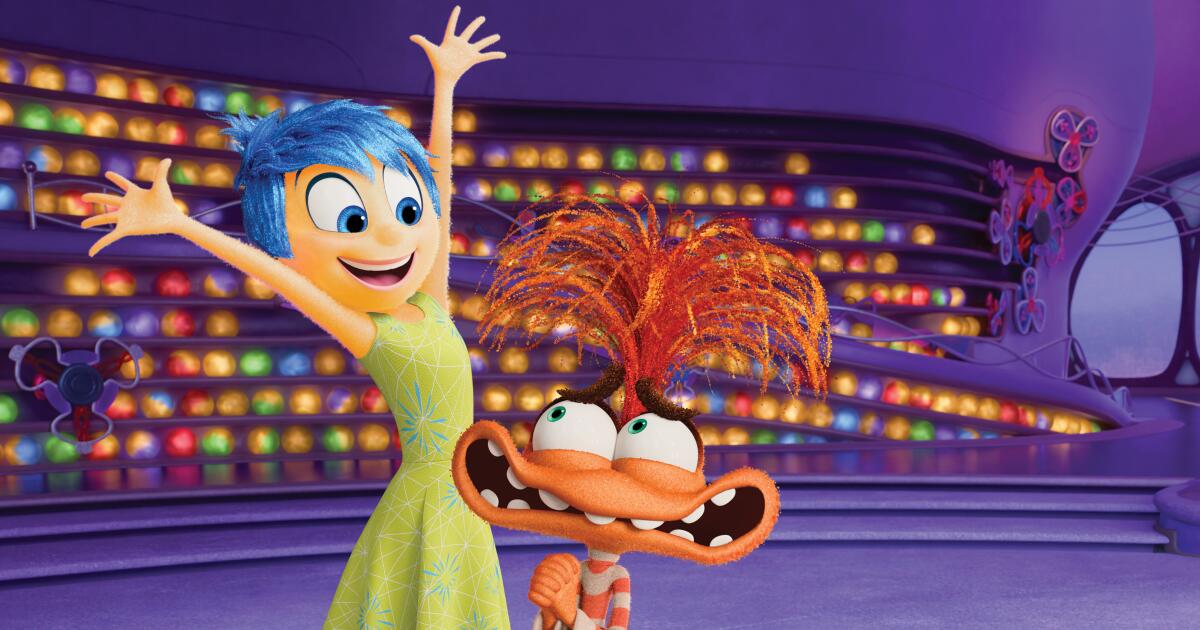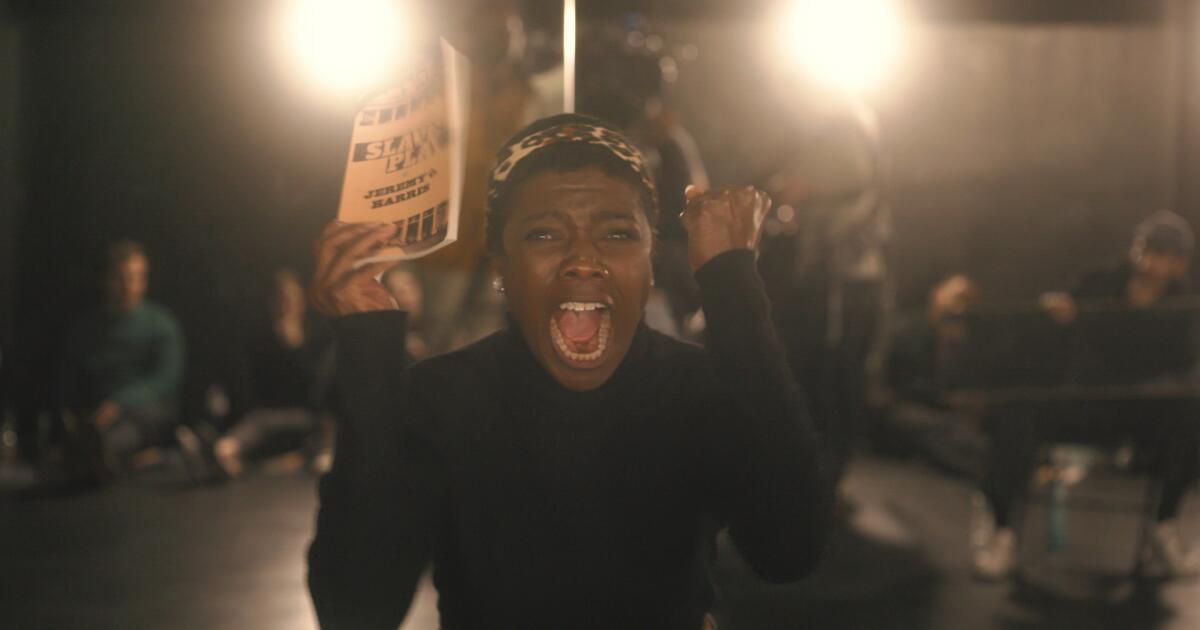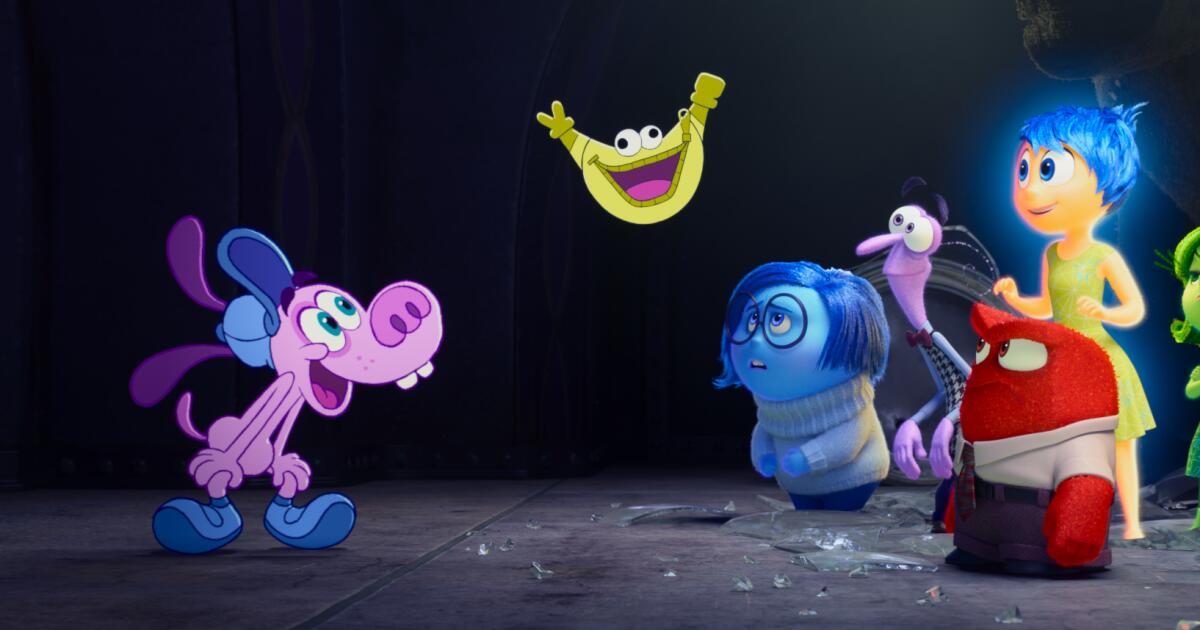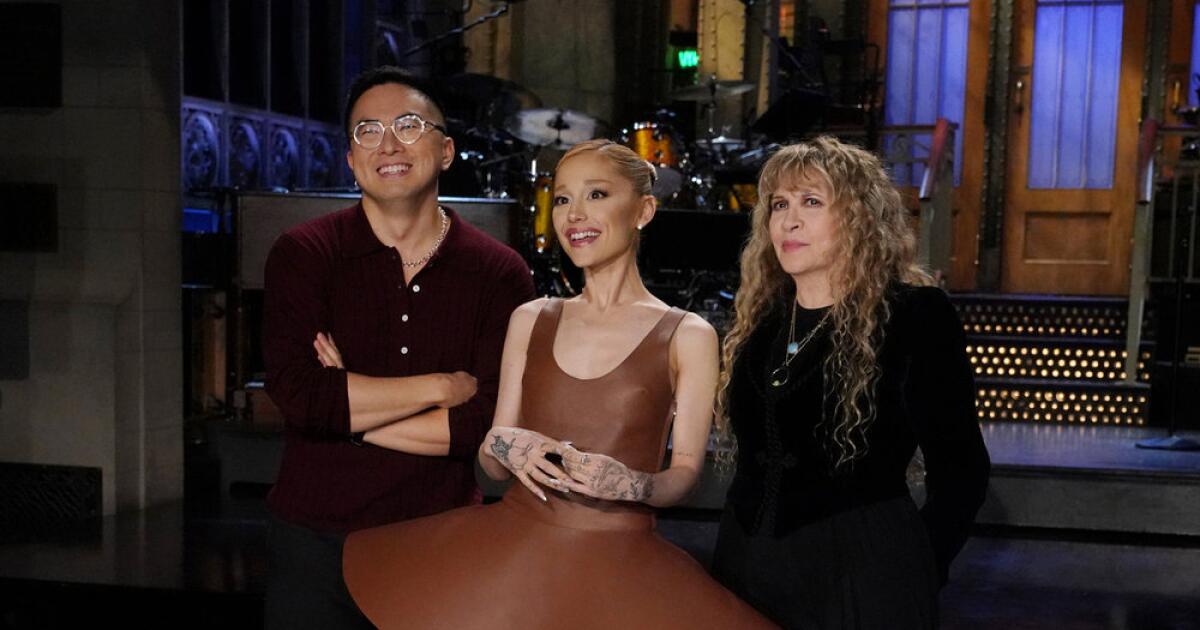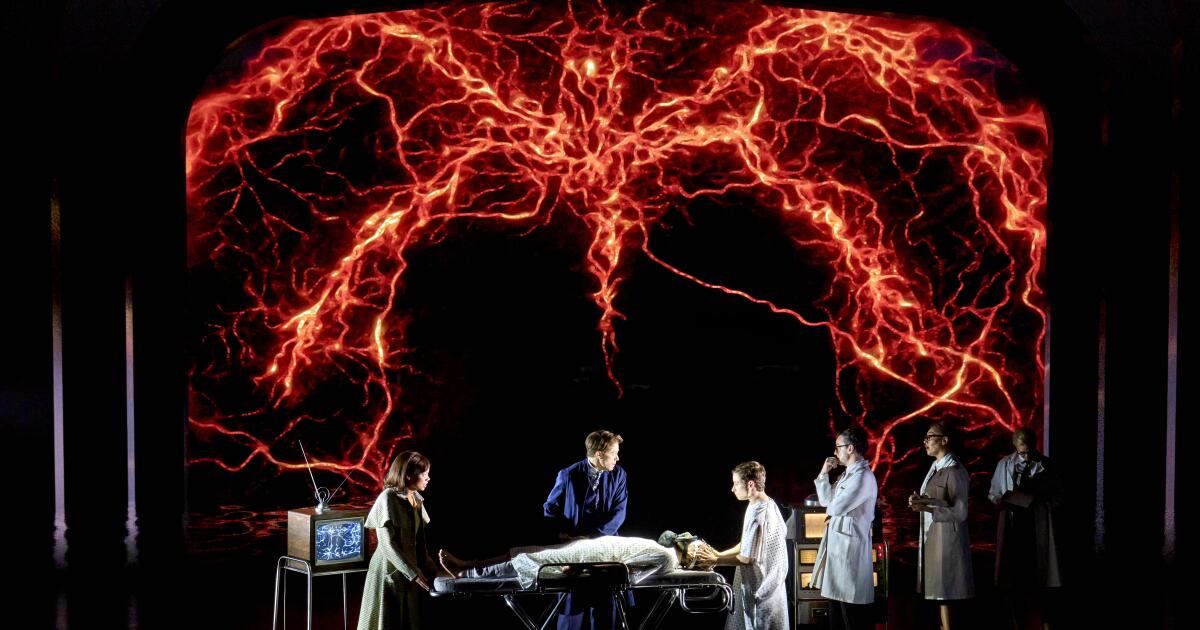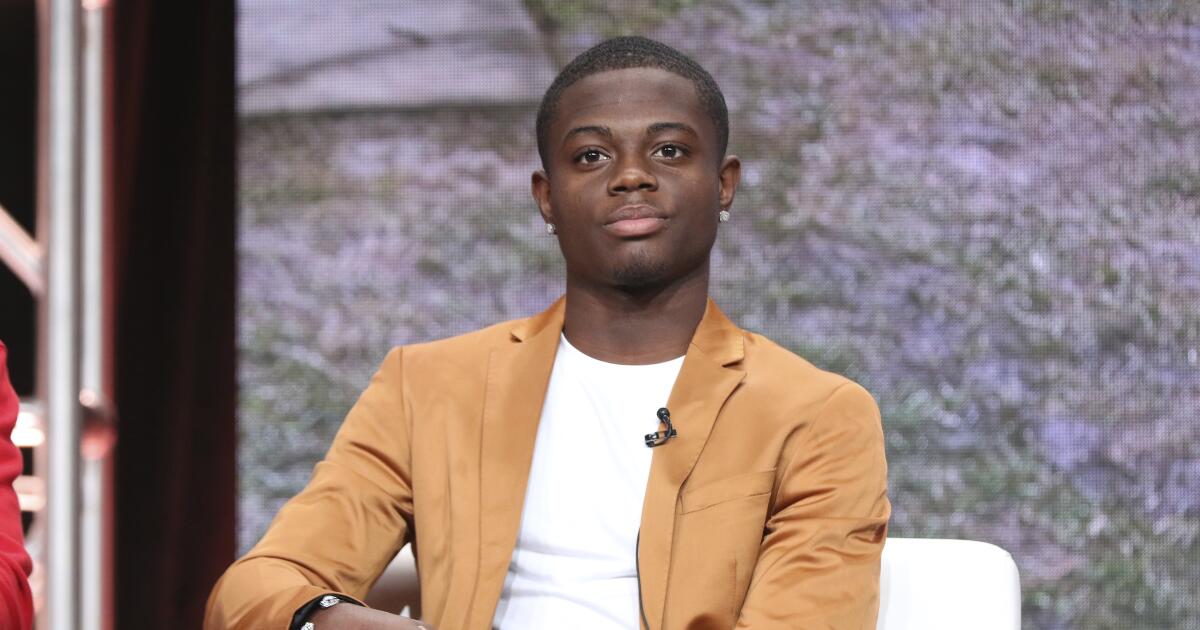For decades, it seemed that Pixar couldn’t lose.
Starting with “Toy Story” in 1995, the Emeryville, Calif.-based computer animation studio rolled out hit after hit, with movies that achieved critical acclaim as well as box office riches.
But after the COVID-19 pandemic struck, even the once-unflappable Pixar fell victim to the doldrums plaguing the entertainment industry and the company’s own missteps.
Films such as “Lightyear” did poorly at the box office, partly due to their timing during the pandemic and a perceived falloff in quality, for which Pixar had long been considered the gold standard. Parent company Walt Disney Co. has cut back spending across the board, resulting in about 175 layoffs at Pixar, largely due to the studio pulling back on series for streaming service Disney+.
Now with “Inside Out 2,” the much-anticipated sequel to 2015’s “Inside Out,” Pixar is looking to make a comeback.
Hitting theaters this week, “Inside Out 2” is tracking for one of the highest opening weekends of the year so far, with a projected $80 million to $85 million in ticket sales from the U.S. and Canada. Some analysts say the movie could become the first film of the year to clear $100 million in its domestic box office opening weekend. (The movie’s budget is estimated at $175 million.)
“Pixar was the leading edge of creating this art form,” said Ron Bernard, academic chair of animation and motion design at Otis College of Art and Design. “I’m hoping that [“Inside Out 2”] would revitalize the interest in Pixar films.”
“Inside Out 2” continues the story of Riley, now a teenager, who grapples with new emotions such as Embarrassment, Anxiety and Envy alongside longtime pals Joy, Sadness and Anger.
The anticipated numbers are remarkable, considering so many movies this year have come in below expectations on opening weekend, including George Miller’s prequel “Furiosa: A Mad Max Saga” and the Ryan Gosling- and Emily Blunt-led action-comedy “The Fall Guy.” A strong debut will give a jolt of confidence to not only Pixar but beleaguered theaters, whose box office revenues are down 26% so far this year compared with 2023.
Presale numbers are promising. As of earlier this week, online ticketseller Fandango said “Inside Out 2” had already outsold its predecessor in advance ticket sales at five days before opening and is currently the highest advance ticket-selling Pixar film since 2019’s “Toy Story 4” at the same point in the sales process.
“Enthusiasm for the film is impressive as we prepare to dive back into the beloved world of ‘Inside Out,’” Jerramy Hainline, executive vice president of Fandango, said in a statement.
The overall box office this year has been muted due to the combination of still-slow-to-recover theater attendance, production delays from last year’s dual labor strikes and a handful of high-profile flops. Pixar hasn’t been immune to these larger, industry-wide challenges.
Bad timing doomed Pixar’s “Onward,” which was released in theaters on March 6, 2020, right before the pandemic shuttered cinemas across the nation. The movie went on to gross just $141 million worldwide. It also got mixed reviews by Pixar standards.
The move by studios early in the pandemic to move most theatrical films to streaming services also diminished the cultural effect of new Pixar releases.
“Soul” went directly to Disney+ in December 2020 and to theaters in some select countries; it wound up winning Oscars for animated feature and original score. 2022’s “Turning Red” also got sent to Disney+ first, despite theaters having reopened by then.
Exhibitors and cinephiles grumbled that Disney was training family audiences to stay home and stream new movies, rather than load up the minivan and trek to theaters.
“When a movie is a hit in theaters, you can’t do better,” said David A. Gross, who publishes FranchiseRe, a movie industry newsletter. “The theatrical release is the locomotive pulling the train.”
The studio also had some creative stumbles. 2022’s “Lightyear” bombed after replacing Tim Allen with Chris Evans as the voice of Buzz Lightyear. Last year’s “Elemental” had a slow start but eventually made about $496 million worldwide. It got decent — but not stellar — reviews.
Pixar’s quality also suffered from Disney’s orders across the board to produce more content for its streaming service, experts say. Churning out so many films and animated series led to creatives being spread thin at Disney studios, including Pixar, Lucasfilm and Marvel.
But the studio is also a victim of its own success. Disney’s 2006 acquisition of Pixar for $7.4 billion is widely credited with reviving Disney’s animation business. Pixar movies of the past regularly hit $750 million at the global box office, making even “Elemental” seem like a flop in comparison.
“There’s nothing wrong with that at all, it’s just the Pixar standard is so incredible,” Gross said. “Pixar has such a remarkable track record, and they’ve set such a high standard for the industry and for themselves.”
The original “Inside Out” generated $858 million in global sales after opening with $90 million in the U.S. and Canada. Pixar’s best-performing movie, 2018’s “Incredibles 2,” tallied $1.24 billion worldwide.
More broadly, families were slow to return to theaters due to health concerns as well as the ease of watching movies in their living rooms. But they are coming back. Last year’s animated “The Super Mario Bros. Movie” from Universal Pictures and Illumination Entertainment brought in $1.4 billion worldwide.
Box office watchers are hopeful for an animation-heavy slate toward the end of this year, with “Despicable Me 4,” “Moana 2” and “Sonic the Hedgehog 3.”
While “Inside Out 2” will be a major test for Pixar, the next question, Gross said, will be whether the studio can recapture its old magic with a new story — not a sequel or spinoff. Its next opportunity to answer that is in June 2025, when Pixar is slated to release “Elio,” an original movie about a young boy’s intergalactic adventure.




